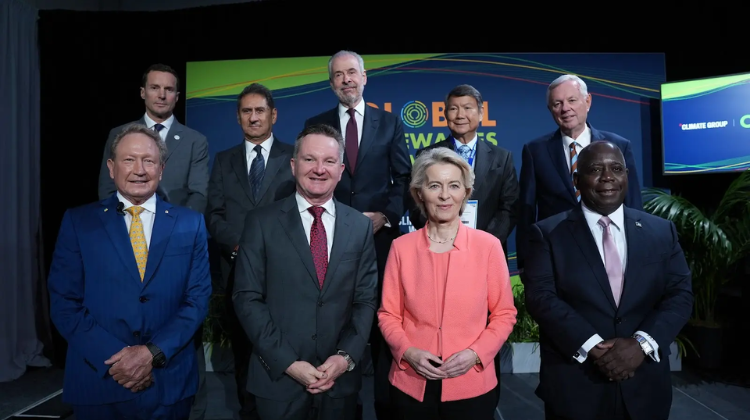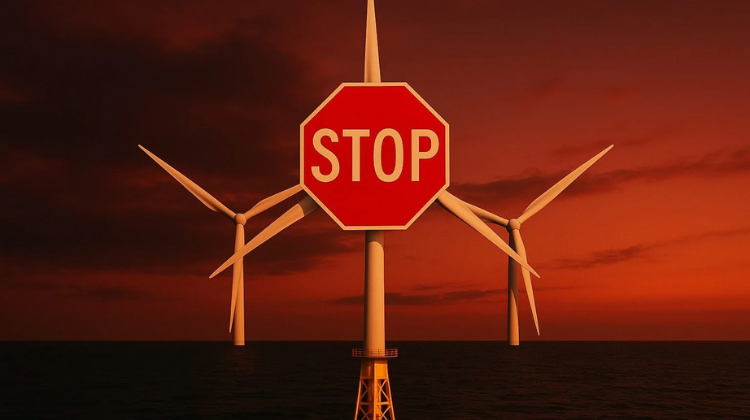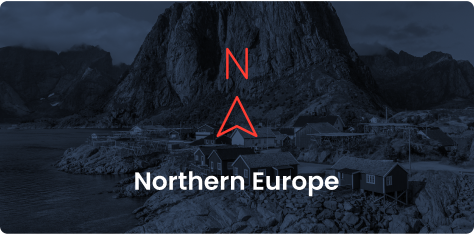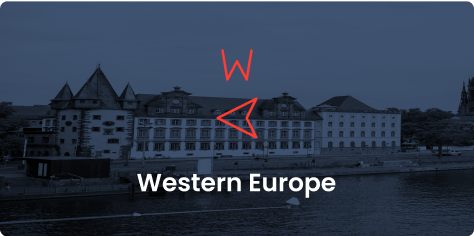Within the framework of the Climate Week NYC, the Global Renewables Summit opened in New York with the high-level session “Renewable Energy Abundance”. The event brought together heads of state, ministers, energy company executives and leaders from international philanthropy.
The President of the European Commission, Ursula von der Leyen, participated alongside the Prime Minister of the Bahamas Philip Davis, the Australian Minister of Energy Chris Bowen and the founder of Fortescue Andrew Forrest, and stressed that this space was an opportunity to close financing gaps and accelerate the global deployment of renewables.
Von der Leyen avoided making internal announcements and focused her message on international cooperation.
She argued that the world is entering a new phase. “Half of our electricity already comes from renewable sources,” she stated, while emphasising that in 2024 global investment in clean energy reached $2 trillion. She also recalled that for every euro invested in fossil fuels, more than two euros were allocated to clean technologies.
She also acknowledged that the current momentum “is not enough” and must be translated into coordinated action between governments and companies.
She invited the CEOs and investors present to indicate which risk-sharing tools they require to invest on a large scale and assured that the European Union is prepared to provide a favourable regulatory environment.
Globally, the Global Gateway initiative will allocate €300 billion until 2027 to sustainable infrastructure, including projects in Africa and Latin America.
The European leader illustrated this approach with cross-border projects such as the ELMED interconnector between Italy and Tunisia or the green corridors with Namibia, which will allow renewable electricity to be transported and green hydrogen supply chains to be developed.
She stressed that these seek to diversify sources of supply and strengthen Europe’s energy resilience, while confirming that European financial institutions will increase their support for emerging regions, which currently receive less than 10% of global energy transition financing.
Europe’s leadership in this effort is further reinforced by the Green Deal Industrial Plan, which mobilises more than €100 billion to support innovation and the adoption of clean technologies on the continent.
It should be recalled that just days before the meeting, the EU Environment Council postponed the adoption of the binding target of a 90% emissions reduction by 2040, transferring the decision to the European Council in October.
International perspectives
Other leaders also highlighted the narrative of abundance. The Prime Minister of the Bahamas, Philip Davis, urged communicating to citizens that the energy transition “will expand economic opportunities rather than limit them”.
Andrew Forrest, founder of Fortescue, stated: “Without ending fossil fuels there will be no lasting stability” and called for innovation, governments and manufacturing to come together to accelerate decarbonisation.
From the Global Renewables Alliance, its CEO Bruce Douglas noted that “to create prosperity and energy security we must eliminate the volatility of fossil fuels and embrace renewable abundance”.
The event also served to announce the creation of the Global Energy Transitions Forum, a platform aimed at closing financing gaps, reducing investment risk and accelerating the deployment of renewables in developing countries, with Europe positioning itself as one of its main drivers.
For business leaders, the message was that there is unprecedented investment momentum, but to turn it into concrete projects, public-private partnerships, grid modernisation and stable regulatory frameworks will be required.
Europe is putting forward financing, instruments and examples of cooperation, but expects the private sector to accompany with large-scale investments that accelerate global decarbonisation.






























